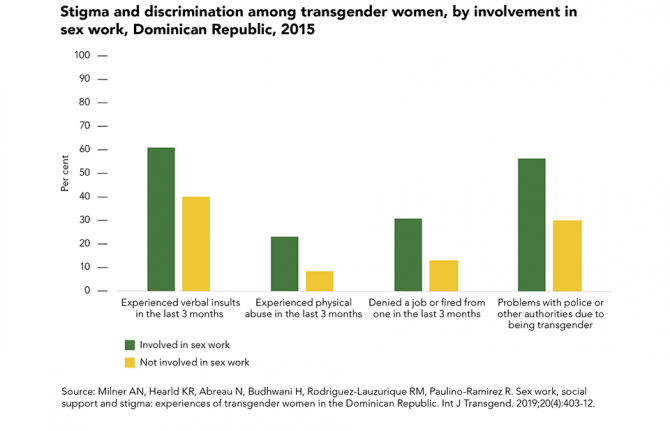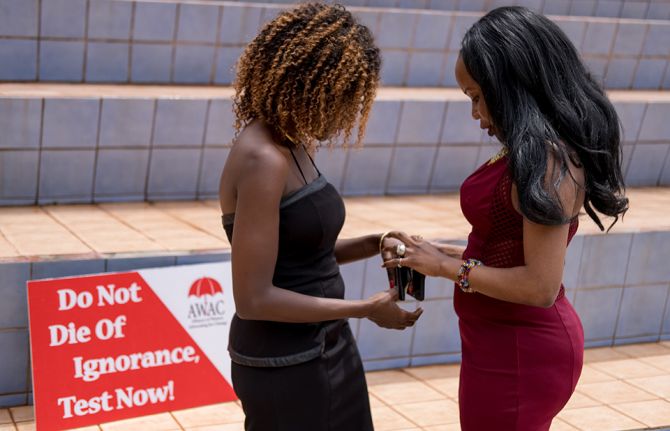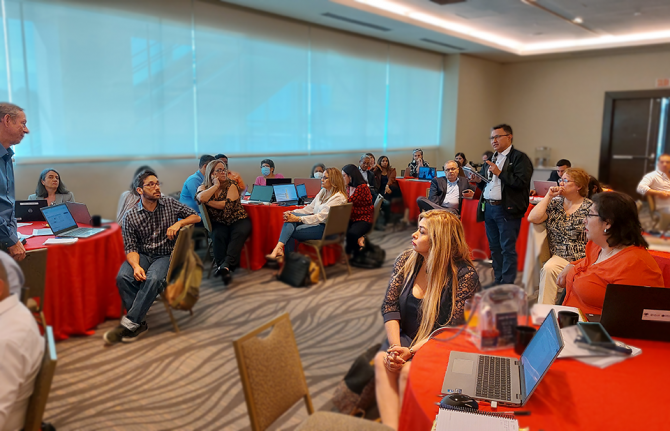
Feature Story
Third stocktaking report on children and AIDS
01 December 2008
01 December 2008 01 December 2008
The report, titled Children and AIDS: Third stocktaking report, was jointly prepared by UNICEF, the World Health Organization (WHO), the Joint United Nations Programme on HIV/AIDS (UNAIDS) and the United Nations Population Fund (UNFPA).
Early diagnosis and treatment can significantly improve the prospects for survival of newborn babies exposed to HIV, according to a report released today by four United Nations agencies.
The report, titled Children and AIDS: Third stocktaking report, was jointly prepared by UNICEF, the World Health Organization (WHO), the Joint United Nations Programme on HIV/AIDS (UNAIDS) and the United Nations Population Fund (UNFPA).
This report is the third review of progress on how AIDS affects children and young people since the Unite for Children, Unite against AIDS campaign was launched in October 2005 by UNICEF, UNAIDS and other partners with a commitment to be accountable for results.
Unite for Children, Unite against AIDS is a call to action around the impact of HIV and AIDS on children. It focuses on the needs of children in four key areas, known as the “Four Ps”: Preventing mother-to-child transmission of HIV; Provision of paediatric treatment; protection and support of children affected by AIDS; and prevention of infection among adolescents and young people.
This 2008 Stocktaking Report examines data on progress, emerging evidence, and current knowledge and practice for children as they relate to the four programme areas. The report also calls for actions in the next one to three years that can significantly improve prospects for children and women affected by AIDS. These initiatives involve changes in thinking, as well as concrete actions.
Prevention of mother-to-child transmission of HIV
Most pregnant women diagnosed with HIV do not have access to essential care and treatment, including antiretroviral therapy for their own health, to further reduce HIV transmission and prevent orphaning, according to the new report. Far too few pregnant women know their HIV status. In 2007, only 18% of pregnant women in low- and middle-income countries where data were available were tested for HIV, and of those who tested positively for HIV, only 12% were further screened to determine the status of the HIV disease and the type of treatment they require. Addressing mothers’ needs for diagnosis and treatment will improve not only their own overall health but their children’s survival.
Providing paediatric treatment and care
The report found that children under the age of one are not getting diagnosed and are missing out on treatment. As a result, large numbers of very young children are dying every year due to AIDS-related illnesses. Recent evidence found mortality levels reduced by up to 75% when infants were tested early and treated within the first 12 weeks of life. In 2007, however, only 10% of children born to HIV-positive women were tested before they were two months old. Therefore, the report advocates for increased testing to enable appropriate treatments to begin as early as possible.
Protection and care for children affected by AIDS
There is growing evidence in support of programming that addresses the wider context of children’s vulnerability as the basis to assist those children, families and communities directly affected by AIDS. The stocktaking report highlights that responses should be AIDS-sensitive and not AIDS-exclusive. While support to strengthen family and community responses to the epidemic remains a high priority, there is recognition of the need to support national protection systems, including government capacity to address child welfare generally.
Preventing infection among adolescent and young people
Significant numbers of young people continue to be infected with HIV each year, and girls in sub-Saharan Africa, in particular, remain vulnerable – 45% of all new infections occur in the 15–24 year-old age group. The new report argues that urgent attention is needed to address the greater HIV risks to girls of multiple concurrent partnerships, intergenerational sex, transactional sex and gender-based violence.
In countries with low-prevalence and concentrated epidemics, HIV prevention responses focused on adolescent risk behaviours – including injecting drug use, unprotected sex between males, and sex in exchange for gifts and money – are a priority. There is strong consensus that combination prevention programmes – integrating behavioural, structural and biomedical approaches – work.
This year’s report is accompanied by ‘Children and AIDS: Country Fact Sheets’, which present key statistical data on the “Four Ps” for 157 countries.
Third stocktaking report on children and AIDS
Cosponsors:
Press centre:
Early HIV Testing and Treatment Can Save Newborn Lives, New U.N. Report Released on World AIDS Day States (pdf, 80 Kb)
Feature stories:
Second stocktaking report on children and AIDS (03 April 2008)
Signs of progress in global response to Children and AIDS (16 January 2007)
External links:
Unite for Children, Unite against AIDS
Publications:
Children and AIDS: Third stocktaking report (pdf, 1.9 MB)
Children and AIDS: Third stocktaking report Summary (pdf, 2.71 MB)
Related
 Transgender sex workers face frequent abuse
Transgender sex workers face frequent abuse

29 March 2022
 Many key populations avoid health services
Many key populations avoid health services

21 February 2022

